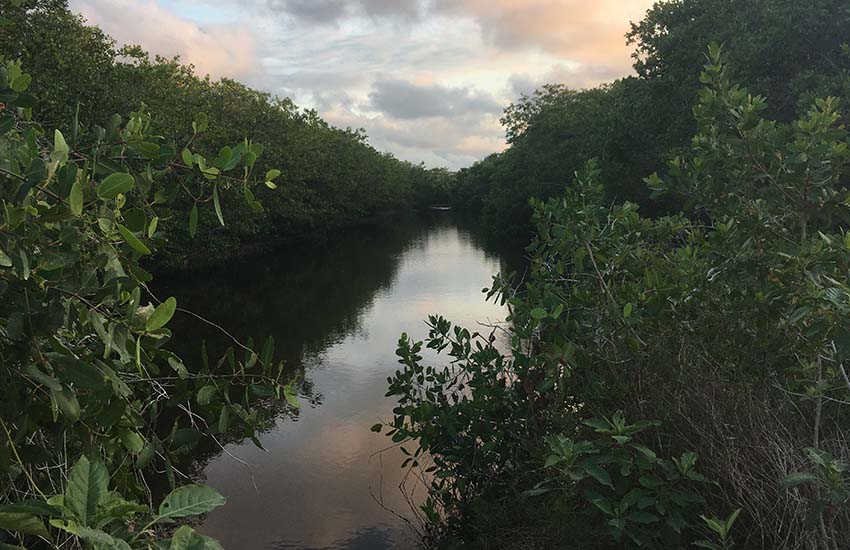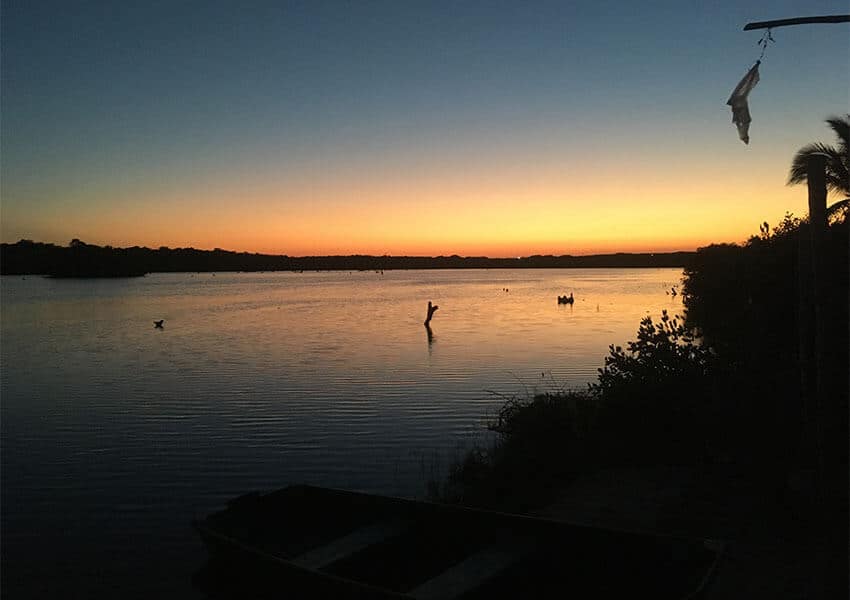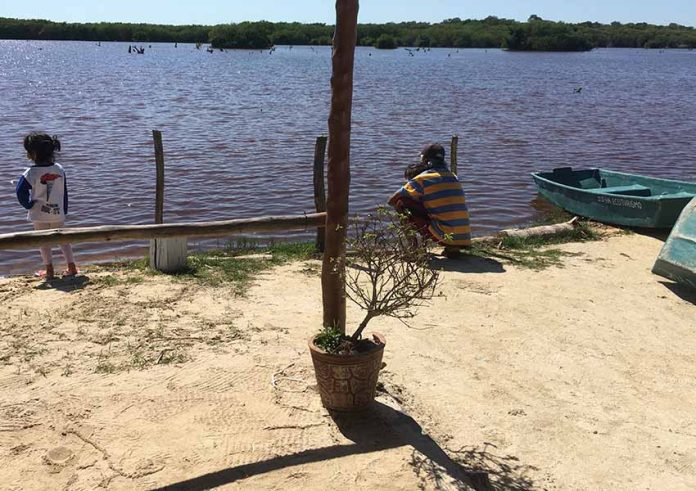For Mexican towns, getting designated as a Pueblo Mágico (Magical Town) is often seen as a boon.
Getting to call yourself one makes your town more attractive to tourists and gives it federal money for things like the renovation of historic districts, beautification of homes and businesses and free promotion by the federal government.
More tourism dollars coming in mean more employment and business opportunities for residents and more development investment — and thus more tax revenues.
So why would residents say no to an offer to be a Magical Town?

But that’s exactly what happened in Sisal, Yucatán, a colonial port that became a quiet fishing village when Progreso was built in 1844. When the federal government awarded it Magical Town status in 2020 in response to applications by the Yucatán state government, which would like to expand Sisal’s tourism profile, most residents wholeheartedly rejected their town’s new title, saying that they would lose their homes and be reduced to workers for foreign investors. By the end of that year, residents began circulating petitions against the designation. By July 2021, they were staging protests.
Many locals who oppose the designation say that the construction of luxury hotels and reclamation projects already here — as developers and the tourism industry look for the next Cancún — have destroyed large sections of important mangroves crucial to preserving the area’s rich ecosystem.
Sisal also lies within the dense El Palmar state nature reserve, 47,931 hectares of dense jungle and swamp with mangroves protecting hundreds of birds and aquatic life.
Most opponents say they don’t object to tourism. Sisal already attracts plenty of tourists annually, mainly during Easter Week. But these residents say they desire a more measured approach to the state’s large-scale tourism plans.
However, their pleas have gone largely unanswered, and so activists are making their point by example — promoting ecologically sustainable tourism as an alternative to what they consider the pursuit of rapid capitalistic gain — at any cost.
Don José, 67 — or Don Zurdo as he is known locally — is one of those fighting against the “unsustainable overexpansion” that he says is recklessly bulldozing through his beloved hometown.
“It’s horrible, and it makes us feel as though there is nothing we can do about it,” he says. “We have been fighting for many years to convince the government to do things in a different way that respects our way of life, but to no avail.”
Don Zurdo belongs to the Ziz-Ha cooperative, a group that promotes ecotourism in Sisal by offering guided tours of the mangroves and the beaches here. He considers himself a “man of nature” who has spent more than 50 years maintaining the unique cultural heritage of barely 2,000 residents.
The veteran guide by no means rejects the arrival of more tourism and investment in Sisal, so long as it is ecologically sustainable and protects local tradition. The closest thing to his heart, and what gives him the youthful exuberance that drives him forward, he says, is his love for the ciénega (swamplands).
“What I like the most about my job is this, the ciénega, going on tours, duck hunting and fishing. I know most of the land like the back of my hand, and I am a person who appreciates nature, I love it, especially the work I do in tourism,” he says. “I do it with the most pleasure imaginable, and do you know why that is? Because I like to watch the birds and the fish that live in the cenotes.”
Don Zurdo recalls his childhood when his father would take him into the swamp to hunt lagartos, the local name for Morelet’s crocodiles, and other exotic game, a legal activity in those days. Today, he’s limited to the annual quota for the migratory pato canadiense (lesser scaup), a quota never exceeded due to the vast numbers of birds and small numbers of skilled hunters here.

This brings high-end niche tourism and international export sales, which he believes works in tandem with the natural surroundings and is a strong lure for tourists.
“I started fishing when I was about 13 years old,” he says. “I was a rather restless boy, and I didn’t really like school, so I learned how to fish from my father and my grandparents.”
“Things were very different back then. My father could live solely off fishing in good times, during July and August,” he explained. “When bad weather came around December, he dedicated himself to hunting… That’s where I took all my knowledge from.”
I just hope the next generation can take my work and that of others into the future,” he says, “and we can avoid becoming like the Port of Progreso, which has been completely paved with concrete.”
Hugo Antonio Curiel Durán, 38, originally from Guadalajara, works for Don Zurdo as a tour guide. He sees the pros and the cons in Sisal’s recent developments.
“This increase in construction can be viewed as good and bad in some ways,” he says. “There is less space for people to build their new homes, and those who are not dedicated to tourism inevitably suffer.”
“The village is converting into a touristic town, and people from outside arrive with their riches, which makes local properties more unaffordable for sisaleños (people from Sisal). The richer class can buy large plots of land, while locals are forced to live over four generations in the same humble space.”
Curiel’s huge admiration for Yucatan’s coastal culture convinced him to enroll in the Autonomous University of Sisal. He then decided to settle in the area. “They know how to preserve their traditions [here], but sometimes too much external touristic influence doesn’t help,” he admitted. “The loss of local culture is an interesting question.”
“The people love the annual Carnival [celebration],” he added. “They dress up and have fiestas; this will not be lost, I hope. The fishing festival is also unique to Sisal and its traditions. I believe this is still strong here, and it is truly beautiful. It certainly helps to preserve cultural identity.”
Curiel wants the Yucatán government to listen to residents’ demands and warns that if cultural spaces fall into the hands of unsympathetic investors, it could eventually obliterate valued traditions.
“I hope this does not happen,” he says. “They are trying to preserve these [traditions] with the help of the church to put on these festivals. I am not from here, but I have seen many other villages grow into towns and towns grow into cities, all through the medium of tourism. Some will be in favor, and others may not be, but those in favor will surely take advantage.”
Sisal has been a tourist attraction for many years, Curiel says, perhaps historically for even longer than Progresso, but in a very different way, “one that has always incorporated sisaleño customs.”
“Most locals prefer their cultural way of life, but others by the same measure want more investment in their forgotten town,” he adds.
Both can work together, Curiel believes.
“But tourism is coming whether people like it or not,” he says. “We just need it to be done in the right way.”
Mark Viales writes for Mexico News Daily
